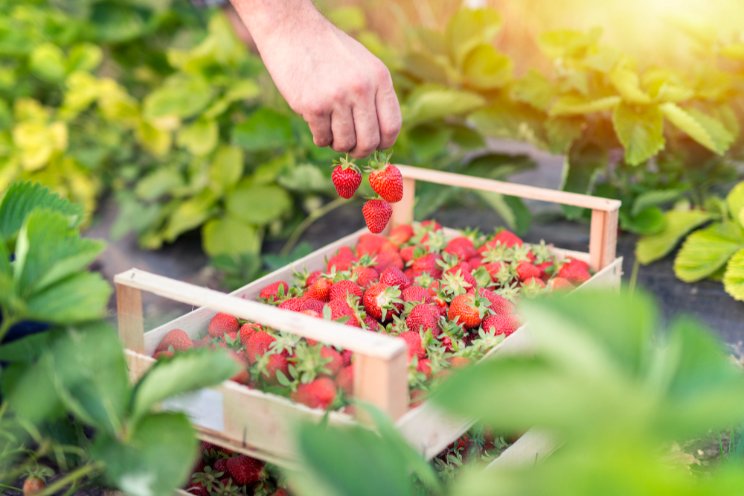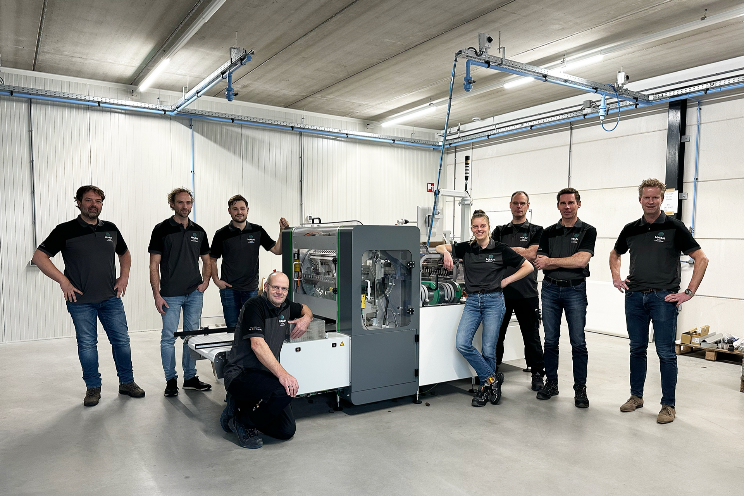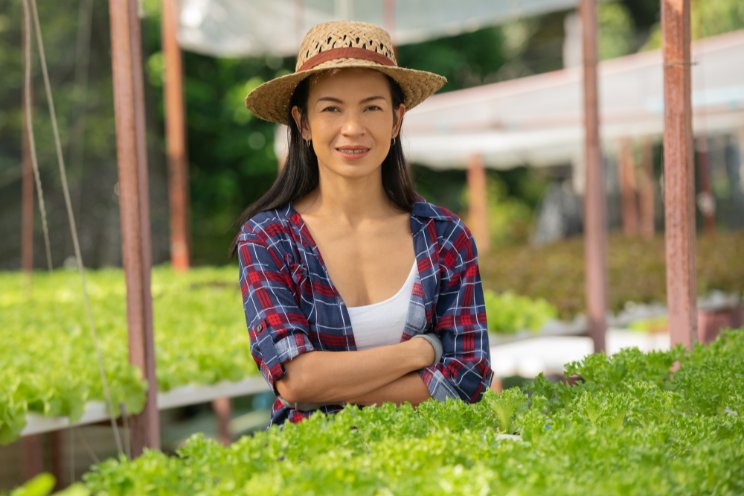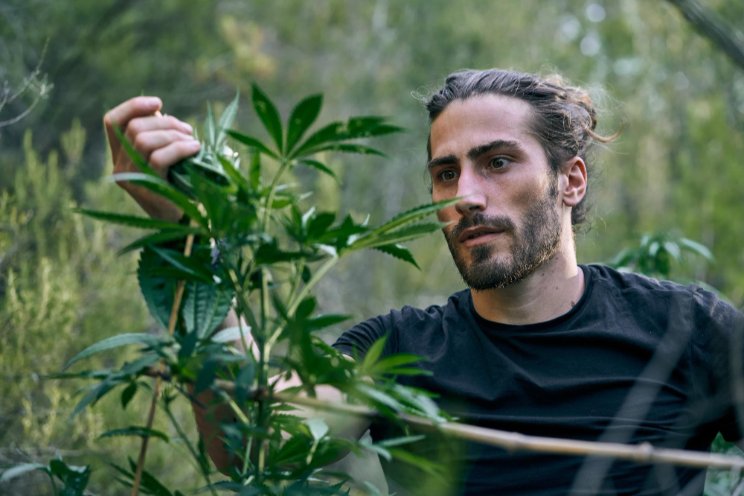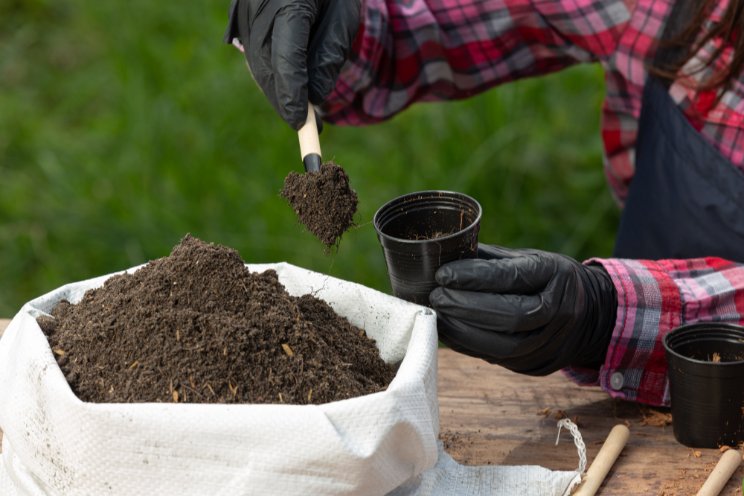Non-native plant species grown at greenhouse
Added on 08 January 2020

"These get up to about six pounds," Jenifer Berge Sauter said as she pointed to a lemon greenhouse.
"The NRD wanted to try a lot of different plants to see if they would grow well," she said.
Among the plants are bananas, passion fruit, papaya, pomegranate, oranges, kiwis and Kiwano melons.
"We're also growing celery, which can't be grown outdoors here," Berge Sauter said.
In addition to non-native plants, Berge Sauter also tends to more mainstream plants including tomatoes, cucumbers and a variety of flowers and succulents.
A geranium plant is at the top of Berge Sauter's list of favorites, followed closely by the banana tree and the passion fruit vine.
"I really love the banana tree, it's so different," she said.
Although it is often called a banana tree, it's technically not a tree. It's an herb, distantly related to ginger. Bananas are also considered a berry.
The banana tree in the greenhouse flowered last year. Now, small, green bananas can be found in the center of the plant. It will take several months before they can be harvested.
After that, the tree will be cut off at the base to create room for "pups" growing out of the underground stem of the plant, which will grow in it's place. Banana trees only flower and bear fruit once.
"It'll be kind of sad to cut it down but it'll also be cool because we get to see a new tree grow," Berge Sauter said.
She encourages tours of the facility, and said anyone is welcome to call and set one up. She's happy to show them around or "we can plan a program for them," she said.
Berge Sauter sees the greenhouse as an educational opportunity. It ties into the NRD's Conservation Ranger program, designed to teach children about various natural resource-related topics, including water conservation and forestry in addition to the greenhouse.
"We can keep kids busy all day," Berge Sauter said, laughing. "I really think it is something every kid in the area should be a part of."
Children who participate can earn a ranger pin and a ranger permit that can be renewed every year.
The NRD has also been able to provide insight to area schools who are also trying their hand at growing food in a greenhouse. They've also donated over 100 plants to school and community gardens.
Volunteers have logged 713 hours since the greenhouse project began in 2018 and over 1500 pounds of vegetables have been grown and donated to CAPWN and the Western Nebraska Veterans Home.
Although there has been a lot of success in the greenhouse, it hasn't come without its challenges.
"Insects are always a problem," Berge Sauter said.
To help control "bad bugs" she utilizes "good bugs" such as Ladybird beetles (commonly known as ladybugs), spiders and a type of parasitoid wasp. There are also toads and a box turtle in the greenhouse to help with insect control.
Sometimes, Berge Sauter uses soap to help with insect issues in an effort to reduce chemicals and keep things as natural as possible.
Temperature can also be a challenge — it can get too hot, even in the winter, she said.
"All in all, I think we have a really healthy greenhouse," Berge Sauter said. "This is only a year and a half old. It'll be neat to see it at this time next year."
Source and photo courtesy of Star Herald
Source: Star Herald
More news

